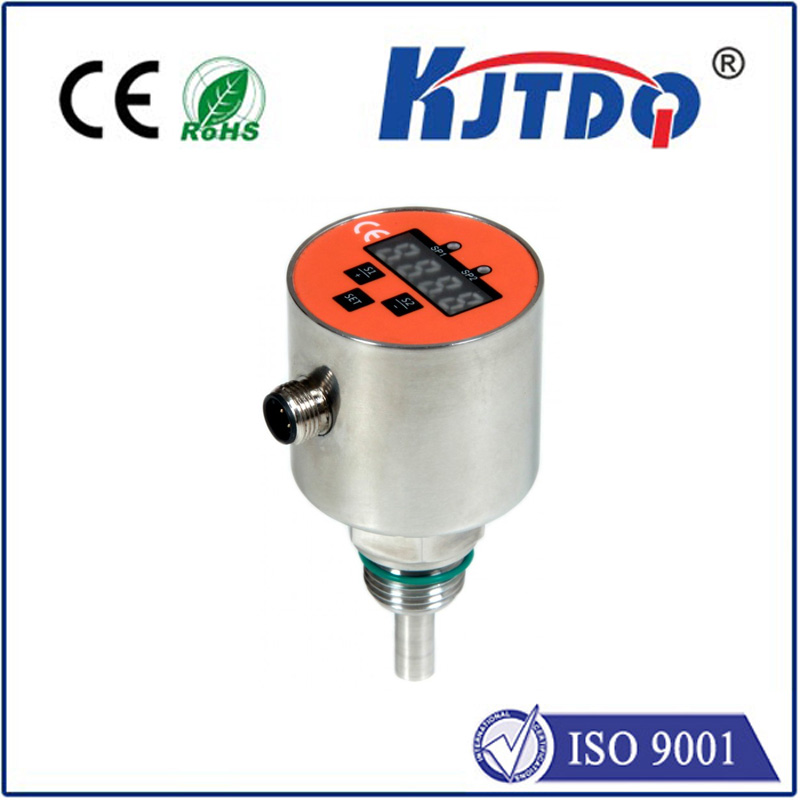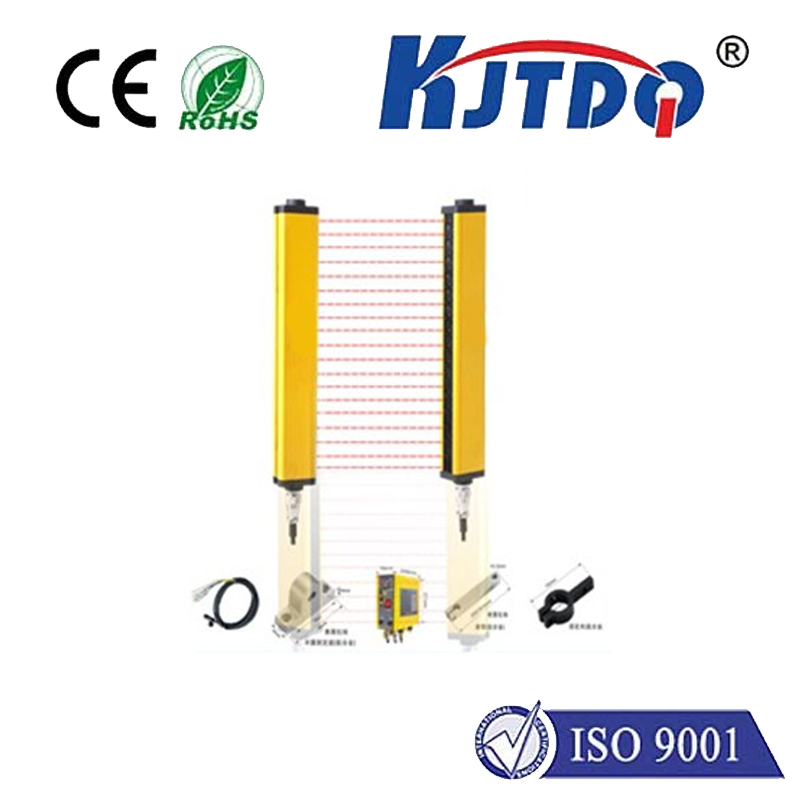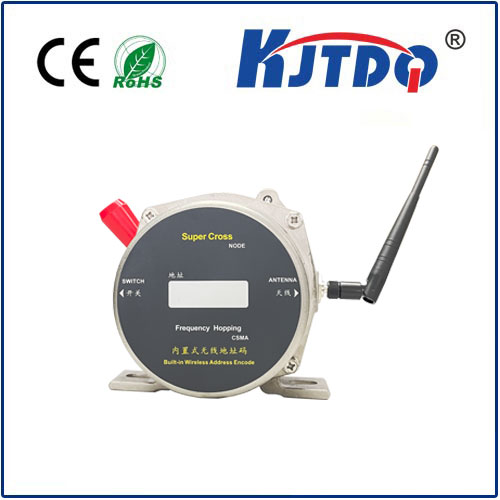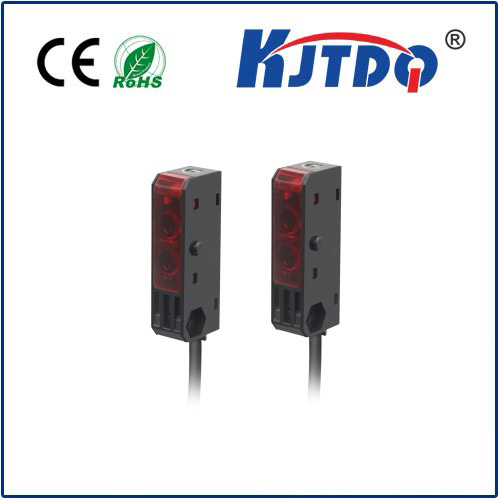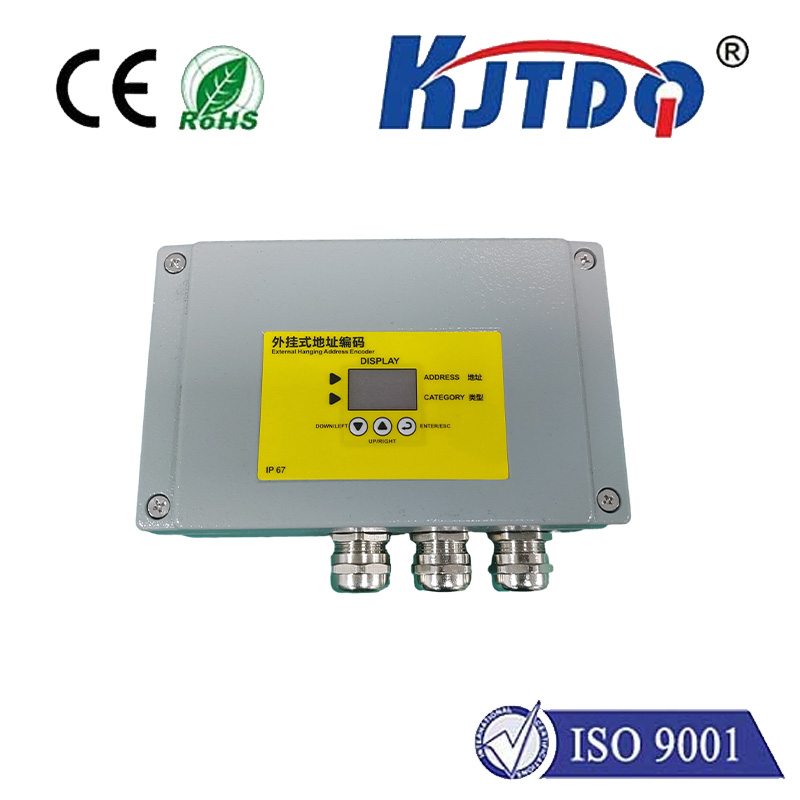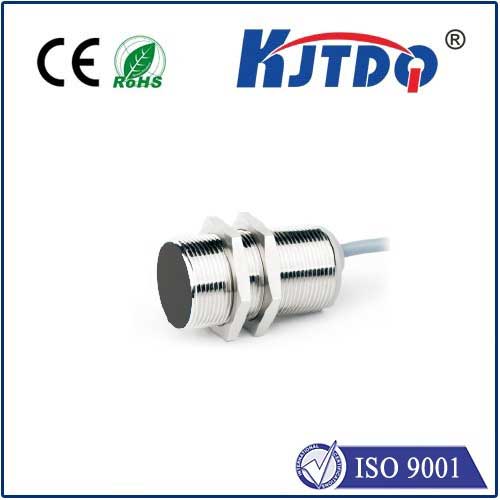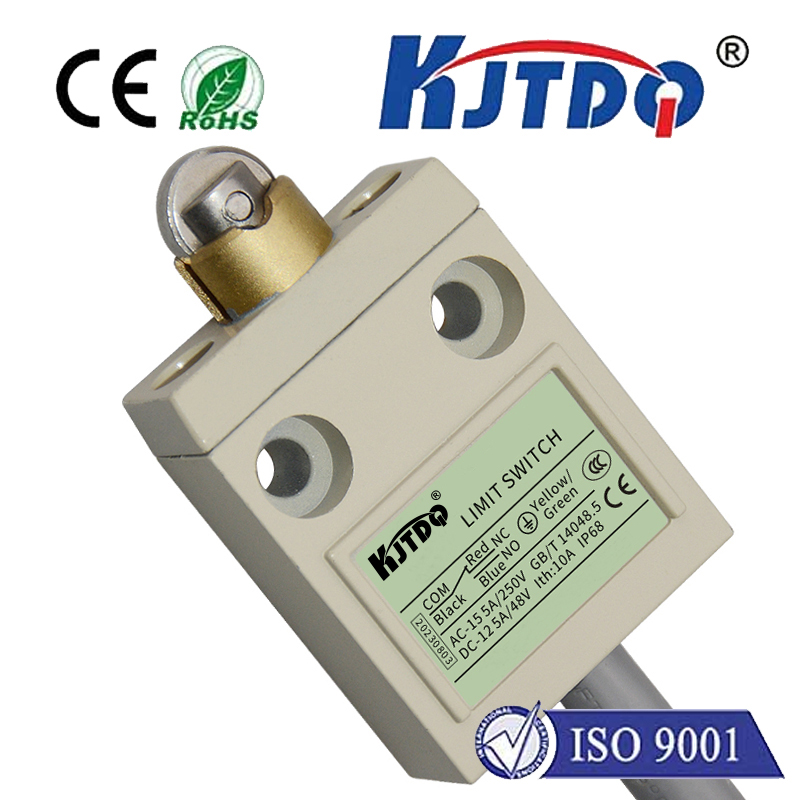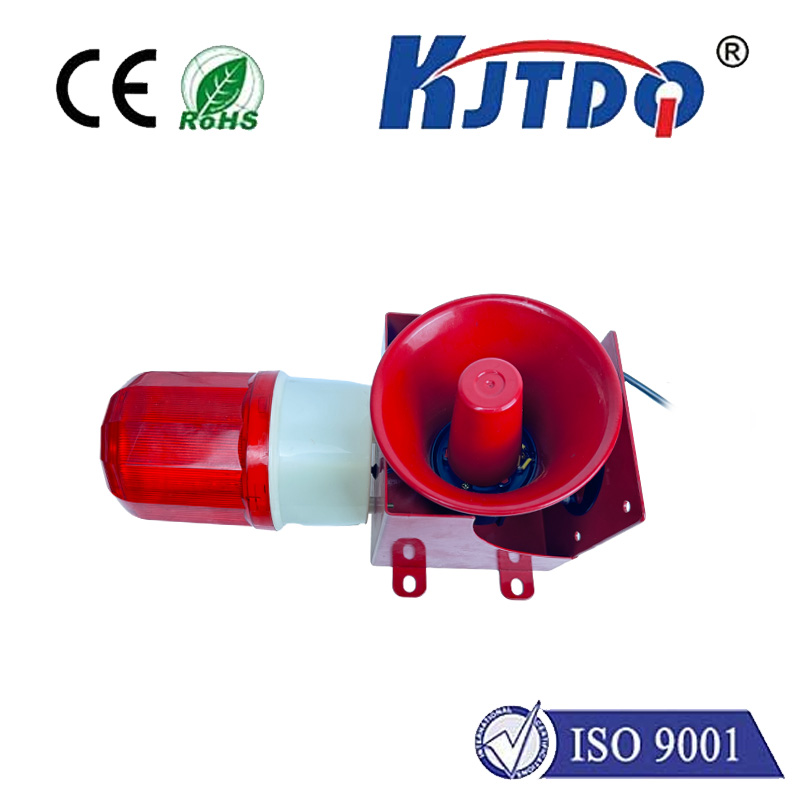
check

check

check

check
The Versatility and Applications of the 30mm Proximity Sensor In today’s technologically advanced world, sensors play a crucial role in ensuring safety, efficiency, and precision across various industries. Among these sensors, the 30mm proximity sensor stands out for its reliability and versatility. This article delves into the features, applications, and benefits of the 30mm proximity sensor, highlighting why it is a preferred choice for many professionals.
A 30mm proximity sensor is a device designed to detect the presence or absence of an object without physical contact. The “30mm” designation refers to the sensing distance, meaning the sensor can effectively detect objects within a range of up to 30 millimeters. These sensors utilize different technologies such as capacitive, inductive, or ultrasonic principles to perform their functions.
Compact Size: The 30mm proximity sensor is compact, making it ideal for applications where space is limited.
Accuracy and Precision: These sensors are known for their high accuracy and repeatability, ensuring consistent performance.
Durability: Built with robust materials, they can withstand harsh environmental conditions such as dust, moisture, and temperature variations.
Ease of Installation: The small size and simple mounting options make installation straightforward and cost-effective.

Automation and Manufacturing: In automated assembly lines, the 30mm proximity sensor helps monitor and control processes by detecting components, ensuring proper placement and alignment. It is also used in packaging machinery to count items and trigger actions.
Robotics: In robotic arms, these sensors ensure precise movements and interactions with objects, enhancing the efficiency and safety of robotic operations.
Material Handling: They are employed in conveyor systems to detect product presence and positioning, facilitating smooth material flow and reducing downtime due to jams or misalignments.
Security Systems: In security and surveillance, these sensors detect unauthorized access or movement in restricted areas, triggering alarms or other security measures.
Consumer Electronics: They are used in devices like smartphones for proximity detection to turn off the display when the phone is near the ear, conserving battery life.
Compared to other types of sensors, the 30mm proximity sensor offers distinct advantages:
Non-Contact Detection: Eliminates wear and tear on both the sensor and the detected object.
Versatility: Suitable for metal, non-metal, liquid, and solid materials.
Cost-Effective: Generally more affordable than complex sensor systems while providing reliable performance.
Low Power Consumption: Ideal for battery-operated devices where power efficiency is critical.
As technology continues to advance, we can expect further enhancements in the capabilities of proximity sensors. Integration with IoT (Internet of Things) platforms will enable smarter, data-driven decision-making processes. Additionally, improvements in energy efficiency and miniaturization will broaden their applicability in emerging fields such as wearable technology and smart homes.
The 30mm proximity sensor is a testament to how far sensor technology has come. Its compact size, robust construction, and versatile nature make it indispensable across various sectors. As industries continue to evolve, the role of these sensors is set to become even more significant, driving innovation and operational excellence. Whether you’re in manufacturing, automation, security, or consumer electronics, investing in a 30mm proximity sensor is a step towards enhanced performance and reliability.
